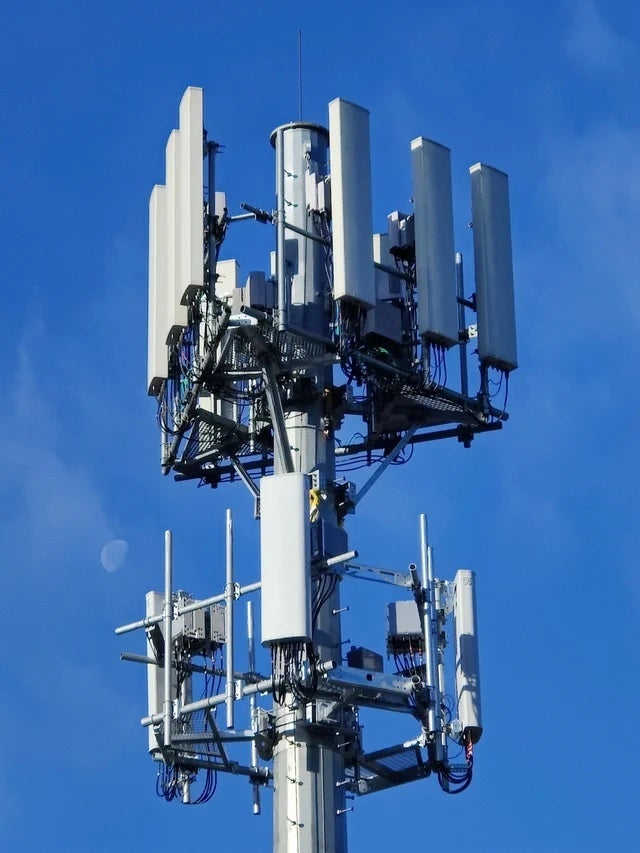US government to spend $1.5 billion on alternative to Huawei and ZTE 5G telecom gear

Right now, the most reasonably priced telecom gear used in the creation of cellular networks comes from China's Huawei and ZTE. Both firms are considered national security threats to the United States which is why the FCC recently banned the import into the states of new equipment from both firms by a unanimous and bipartisan 4-0 vote.
The U.S. is also shelling out $1.9 billion to help rural carriers rip out Huawei and ZTE equipment from their older networks. These small wireless providers were attracted to the Chinese companies because of their lower prices and the generous financing packages that they were able to provide. Many critics say that the companies' ties to the Communist Chinese government helped them offer financing deals that the smaller carriers couldn't pass up. Another $3 billion needs to be approved by Congress in order to finish the "rip and replace" job.
U.S. wants to replace proprietary telecom gear with Open Radio Access Network (ORAN) technology
Axios reports that the U.S. is looking to spend $1.5 billion to develop its own "standards-based" alternative to the telecom equipment offered by companies like Huawei and ZTE on the low end, and Ericsson, Nokia, and Samsung at the high end. The goal is to develop American telecom gear that would allow U.S.-based wireless firms to buy domestic equipment to build out their networks.

Dish Wireless is using Open Radio Access Network technology to help it build its 5G network
Alan Davidson, Assistant Secretary of Commerce for communications and information and NTIA administrator said, "The highly consolidated global market for wireless equipment creates serious risks for both consumers and U.S. companies." Davidson is talking about security risks that have continued to follow companies like Huawei and ZTE. Both firms have been accused of hiding "back doors" into their equipment that collect personal and corporate data and send it to servers in Beijing. Both firms have denied having back doors in their equipment.
A few years ago, the U.S. warned allies not to use Huawei equipment for their newly built 5G networks. Some countries followed the advice while others didn't. The U.K. notably agreed at first to allow Huawei to supply 5G gear to carriers in the market, and then did a 180-degree change ordering that such equipment be removed by the end of 2027.
Returning to the U.S., the plan is to replace proprietary telecom equipment from firms like Nokia, Ericsson, and Huawei with ORAN (Open Radio Access Network). ORAN uses standard computer parts to replace the networking equipment that wireless providers have previously been forced to buy. The program will start with a public comment period that runs through January 23rd. Money for the program comes from the Chips and Science Act.
Dish Wireless is already using ORAN to help build its 5G network
ORAN is already being used by Dish Network in the U.S. and Japan's Rakuten. Back in May, before the U.S. announced this initiative, Dish signed a deal with Samsung and stated, "Samsung's 5G solutions will play an integral role in our network expansion, giving us the flexibility to deploy our cloud-native network with software-based solutions that support advanced services and operational scalability."
The statement, made by John Swieringa, President and Chief Operating Officer, Dish Wireless, added that "We look forward to working with Samsung, whose industry leadership in vRAN and ORAN innovation will help to support our vision of delivering open, interoperable cloud-based 5G services to consumers and enterprises across the U.S."
Samsung Networks Business will supply Dish Wireless with equipment to help it build out its 5G network using RAN, vRAN software, and several ORAN radio units. Samsung's vRAN can operate on any commercial off-the-shelf server and will still provide Dish Wireless with the same performance they would receive from traditional proprietary hardware sourced from companies like Huawei, ZTE, Nokia, and Ericsson.
Now that the U.S. plans on spending $1.5 billion to deploy ORAN, companies involved in the industry should benefit from the goal of the United States to keep Huawei and ZTE out of all U.S. wireless networks.
Follow us on Google News












Things that are NOT allowed:
To help keep our community safe and free from spam, we apply temporary limits to newly created accounts: